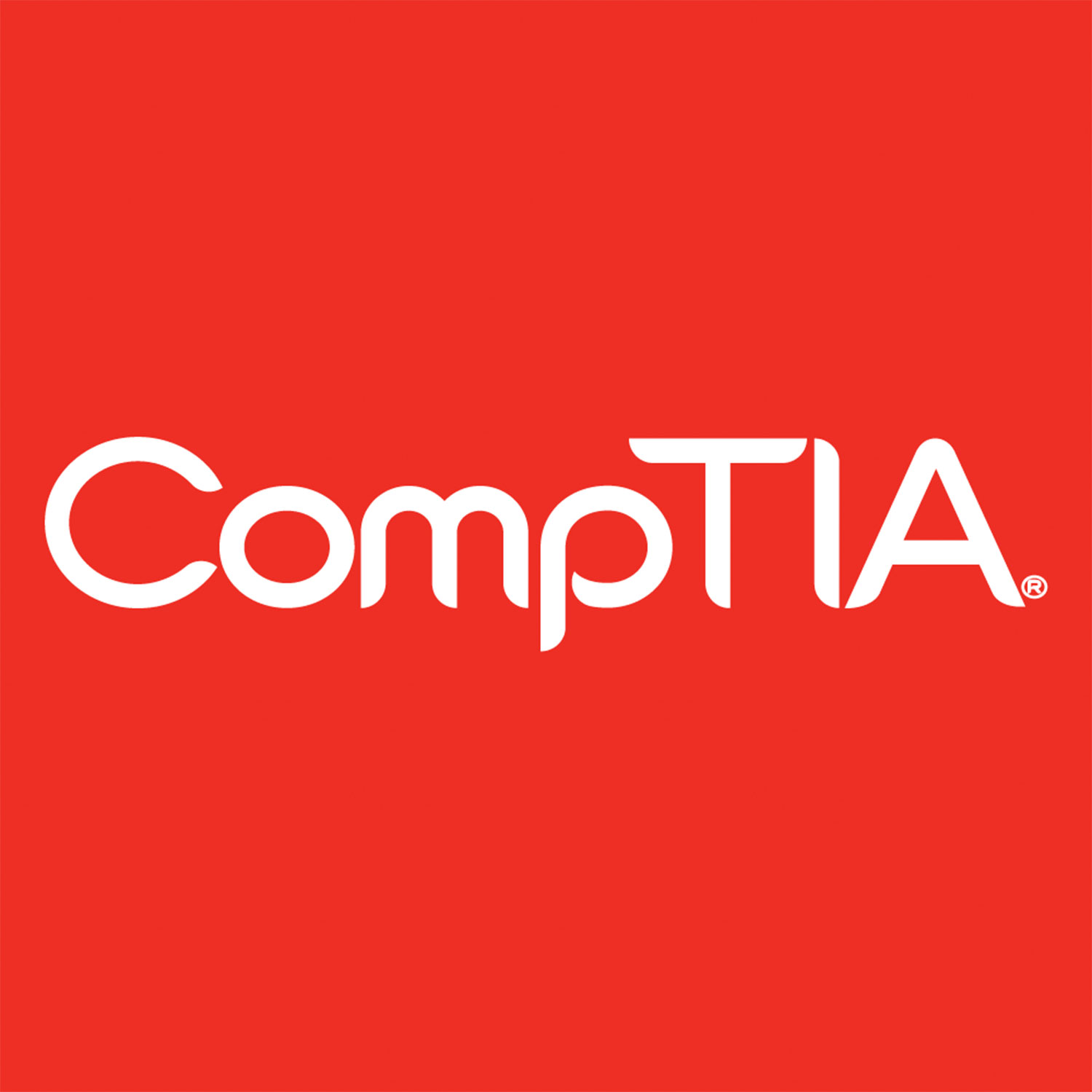Description
Prerequisites
- CompTIA recommends 18–24 months of experience in a report/business analyst job to succeed in this course.
- Exposure to databases and analytical tools, a basic understanding of statistics, and data visualisation experiences, such as Excel, Power BI, and Tableau.
Course Objectives
In this CompTIA Data+ course, you will learn:
- Instruction from CompTIA approved Data+ Certification preparation course.
- Receive a CompTIA Data+ Exam Voucher included upon completion of the course.
- Identify Data Concepts and Environments important in analytics.
- Execute techniques in Data Mining, Data Mining, and Visualisation.
- Summarise the importance of Data Governance, Quality, and Controls.
- Continue learning and face new challenges with after-course one-on-one instructor coaching.
Outline: CompTIA Data+ (DATA+)
Module 1: Identifying Basic Concepts of Data Schemas
- Identify Relational and Non-Relational Databases
- Understand the Way We Use Tables, Primary Keys, and Normalisation
Module 2: Understanding Different Data Systems
- Describe Types of Data Processing and Storage Systems
- Explain How Data Changes
Module 3: Understanding Types and Characteristics of Data
- Understand Types of Data
- Break Down the Field Data Types
Module 4: Comparing and Contrasting Different Data Structures, Formats, and Markup Languages
- Differentiate between Structured Data and Unstructured Data
- Recognise Different File Formats
- Understand the Different Code Languages Used for Data
Module 5: Explaining Data Integration and Collection Methods
- Understand the Processes of Extracting, Transforming, and Loading Data
- Explain API/Web Scraping and Other Collection Methods
- Collect and Use Public and Publicly-Available Data
- Use and Collect Survey Data
Module 6: Identifying Common Reasons for Cleansing and Profiling Data
- Learn to Profile Data
- Address Redundant, Duplicated, and Unnecessary Data
- Work with Missing Values
- Address Invalid Data
- Convert Data to Meet Specifications
Module 7: Executing Different Data Manipulation Techniques
- Manipulate Field Data and Create Variables
- Transpose and Append Data
- Query Data
Module 8: Explaining Common Techniques for Data Manipulation and Optimisation
- Use Functions to Manipulate Data
- Use Common Techniques for Query Optimisation
Module 9: Applying Descriptive Statistical Methods
- Use Measures of Central Tendency
- Use Measures of Dispersion
- Use Frequency and Percentages
Module 10: Describing Key Analysis Techniques
- Get Started with Analysis
- Recognise Types of Analysis
Module 11: Understanding the Use of Different Statistical Methods
- Understand the Importance of Statistical Tests
- Break Down the Hypothesis Test
- Understand Tests and Methods to Determine Relationships Between Variables
Module 12: Using the Appropriate Type of Visualisation
- Use Basic Visuals
- Build Advanced Visuals
- Build Maps with Geographical Data
- Use Visuals to Tell a Story
Module 13: Expressing Business Requirements in a Report Format
- Consider Audience Needs When Developing a Report
- Describe Data Source Considerations for Reporting
- Describe Considerations for Delivering Reports and Dashboards
- Develop Reports or Dashboards
- Understand Ways to Sort and Filter Data
Module 14: Designing Components for Reports and Dashboards
- Design Elements for Reports and Dashboards
- Utilise Standard Elements
- Creating a Narrative and Other Written Elements
- Understand Deployment Considerations
Module 15: Distinguishing Different Report Types
- Understand How Updates and Timing Affect Reporting
- Differentiate Between Types of Reports
Module 16: Summarising the Importance of Data Governance
- Define Data Governance
- Understand Access Requirements and Policies
- Understand Security Requirements
- Understand Entity Relationship Requirements
Module 17: Applying Quality Control to Data
- Describe Characteristics, Rules, and Metrics of Data Quality
- Identify Reasons to Quality Check Data and Methods of Data Validation
Module 18: Explaining Master Data Management Concepts
- Explain the Basics of Master Data Management
- Describe Master Data Management Processes


![CompTIA Advanced Security Practitioner (CASP) Series [self study]](https://ultimateitcourses.ca/wp-content/uploads/2015/01/comptia-300x300.png)